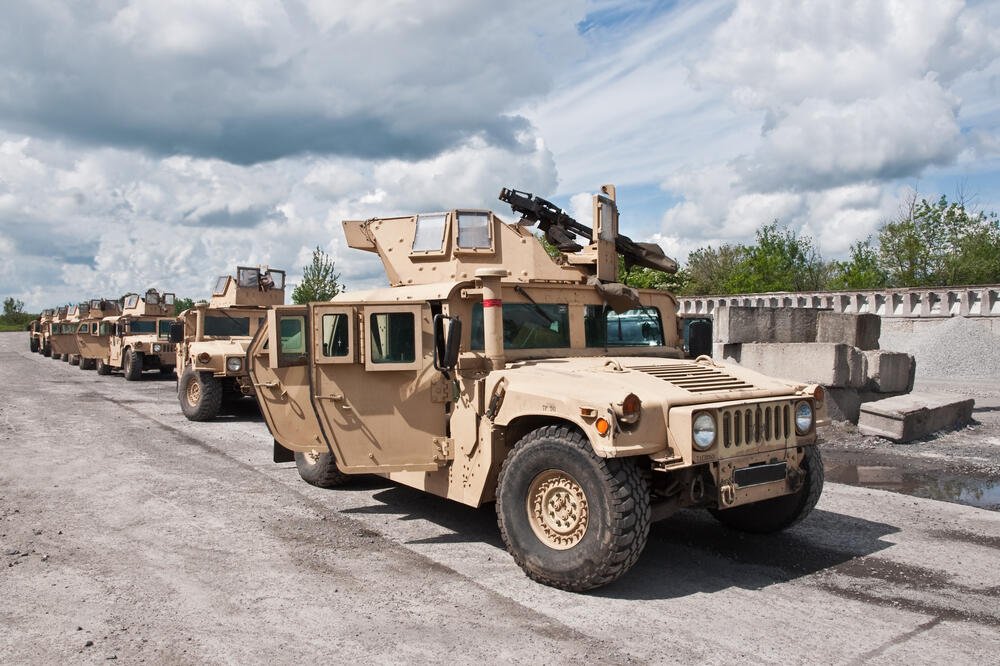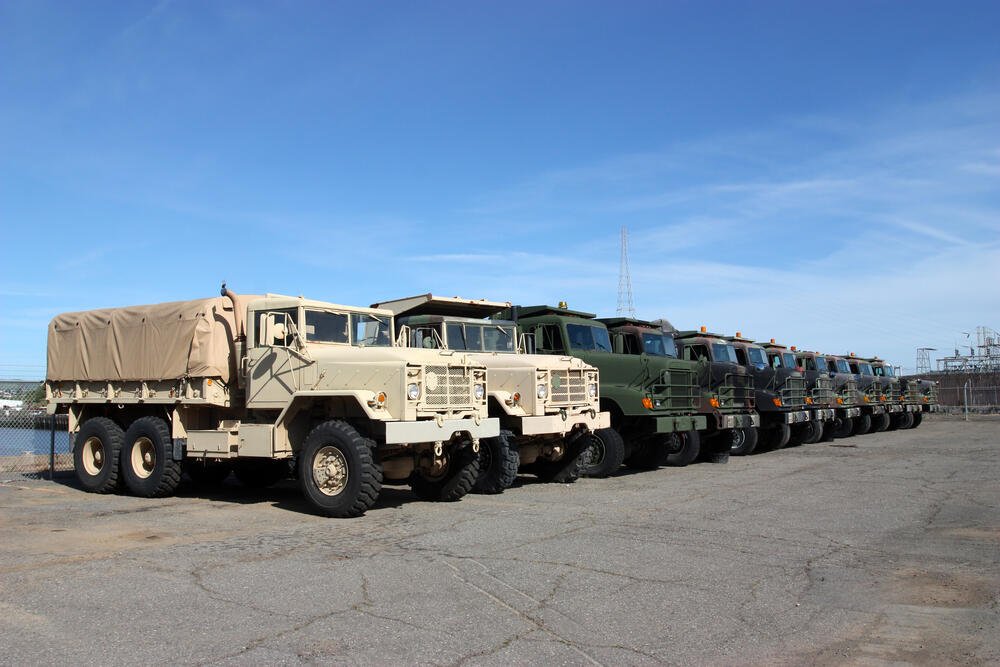How to Crate, Ship, and Package Military Assets
Packaging products for shipping can be a tricky business, especially in the military where high-value cargo needs special packing and transport precautions.
There is always an inherent risk that something won't go as planned during shipment or delivery whenever a package needs to be carried.
Because many of these parcels include extremely sensitive equipment that could pose major security hazards if they are handled improperly, this danger is even greater when delivering within the military.
Any type of military operation places a premium on the security of personnel and equipment, thus it's critical to ensure that the proper packaging processes are used while transporting sensitive equipment.
From custom crates that keep certain shipments dry to specially designed packages that give military items extra padding and cushioning, understanding how to correctly package and ship items is crucial for successful operations.
In this article, we'll talk about how to make crates that fit your needs and give you tips on how to move fragile or expensive items like military supplies and parts.
Meeting Military Requirements
When it comes to shipping military assets, certain needs must be met to ensure the safety and security of personnel and cargo. These include:
Proper labeling and documentation
All packages must be clearly labeled with the relevant details, including:
- The sender’s name
- Address
- Contact information
- Detailed descriptions of the contents
Additionally, all packages should include a packing list and any other necessary documentation.

Proper packaging
All items must be put into specialized packaging to ensure the safety of the contents during transportation. This includes using the correct materials, such as foam or bubble wrap, to cushion fragile items and using strong cardboard boxes or crates for heavier items.
Secure transport
Every package must be transported in secure vehicles with the correct security measures in place, such as GPS tracking and secure locks, to keep valuable assets safe.
Military Standards
MIL-STD or MIL-SPEC packaging and shipping are essential for those supplying and transporting products to and from the U.S. government.
MIL-SPEC or STD stands for military specifications, which are used to ensure standardization across significant, globally distributed organizations. We outlined a few standards below:
MIL-STD-2073-1 is a standard for the packaging of military items compared to commercial shipping. It covers requirements such as:
- unit pack quantity
- Preservative material
- Cushioning and wrapping
MIL-STD-129 is used to measure the labeling of military equipment, including barcoding and RFID tagging.
MIL-STD-130 checks the unique ID label of military items. Additionally, you'll want to meet a wide variety of military and government specifications when packing these items, so using containers that are up to code is necessary, like:
- Wooden crates and boxes
- Slat and hood-style crates
- Open crates
- Pallets
- Load bases
Best Crating Techniques
When it comes to shipping military assets, custom crates are often the best option for ensuring the safety of the contents during transit, especially when transporting difficult projects.
Custom crates can be designed to fit any size or shape of the item, providing extra protection and cushioning for fragile items.
You can also have additional features such as airtight seals, waterproofing, and shock-absorbing materials to ensure the assets remain safe during their travel, whether national or international.
You don't want the materials you're sending to move about in their packaging, so choosing the appropriate container is essential.
Additionally, those handling your package will have the correct documentation on hand with them to know how to transport it with care.
By using these tips, people can make sure that their military items are shipped safely and arrive at their destination in good shape.

Packaging Documents
When shipping military assets, it is important to remember that a copy of all necessary documents should be properly packaged and labeled. This is to ensure damage is prevented when reaching its destination.
This includes any paperwork related to the shipment, such as packing lists, invoices, and certificates of origin. All documents must be properly stored and tracked throughout the shipping process.
This way, if anything were to get lost, it can easily be tracked at its nearest location and either be returned or continue its transit seamlessly.
Documents contain instructions
These documents are used to provide detailed instructions for packing, preserving, and moving military assets. They may include diagrams, photographs, and labels that identify the type of asset being shipped and how it should be handled.
They also tell you what other items may be sent with the package and how they should be packed.
Also, these documents list any special rules or requirements for safely handling dangerous materials so that the transportation process goes smoothly.
How to Ship Military Items
For military assets, packing guidelines should be followed as outlined by the IATA (International Air Transport Association).
This means that an extra level of caution should be used when packing such items, like using secure packing materials to prevent damage, tampering, and interception.
All packing materials must be clearly labeled and separated according to their military designation.
Regarding regulations, hazardous material restrictions must be adhered to when transporting any dangerous materials. The item must also be in a properly sealed container for additional protection and security.
- The first step is to package the items carefully in an appropriate container, which can reduce the risk of accidents or hazards if the item were to be dropped or mishandled during shipping.
- Once packaged, it is then necessary to select a carrier that specializes in handling military shipments, like A1 Auto Transport, which will have tracking capabilities and delivery confirmation.
- Any sensitive documents or restricted materials should also be encrypted to prevent unauthorized access. And a copy should be positioned inside the package.
- Lastly, proper documentation detailing the content for inspection purposes should also be included with the shipment. Once all is confirmed and the items are securely packaged, they'll be ready to ship.

Final Thoughts on Transporting Military Items
When transporting military items, you must know how to properly crate, ship, and package the assets. The military relies on the safe and secure transport of equipment and supplies without fail.
So, if you need to ship and package military equipment, make sure you choose a shipping company that has great packing options for your needs.
Like A1 Auto Transport, they take their array of shipping services seriously.
A1 Auto Transport does it all, from the first time you talk to their hands-on customer service team to figuring out what items you want to ship and where to making sure each asset is packaged correctly to meet military rules.
Start the shipping process today with your free quote.
Comments
Post a Comment